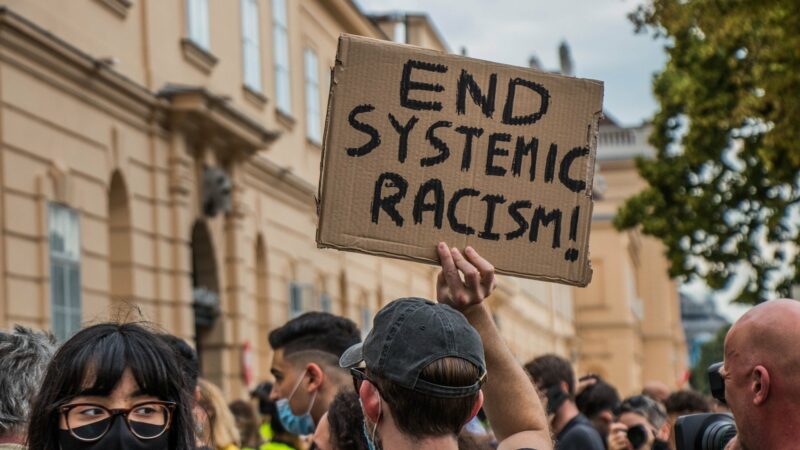
The last few weeks have been some of the most challenging of my political life. Challenging because Southwark and London have seen some of the highest deaths and cases from Covid-19. Challenging as we watched the video of George Floyd being murdered by those who were supposed to keep him safe. And challenging to listen to the thousands of stories out of the Black Lives Matter movement – of abuse, barriers and struggle that black people continue to face. As a black man reflecting on my journey, sadly far too many of those stories rang true.
Last week, I joined around 80 young people for a call organised by Southwark’s Youth Advisor to discuss the Black Lives Matter movement. Anyone that has spoken to a group of young people will recognise the energy that they bring to even the most difficult of conversations – an energy that has been galvanised over the last two weeks. The event started, and after a few opening remarks, moved on to a discussion in which a young person asked: “What would be your advice to a young person to break the glass ceiling?”
No young person should ever have to grow up feeling that society has placed a glass ceiling on their ambition, and as a society we must do better to address the structural inequalities that leave a whole generation wondering whether there is any point. And it is a question not just reserved for the young. I recently joined a call of black professionals who all grew up nearby but now live across the capital. One raised the question: “Beyond the protest, and the outcome of the officers charged, will anything actually change?”
It is a question at the back of most activists’ minds. It is a question that I imagine must have been at the back of Diane Abbott’s mind when she was elected as the first black female MP all those years ago. And it was at the back of my mind as protests went into their fourth day a fortnight back.
History has taught us that change is most effective when protest is met and matched by policymakers willing to make the change – sometimes more by being forced than by being early champions. It is now up to society as a whole to harness this protest and change policy in a lasting way. The Black Lives Matter protests in the USA have led to vast numbers of police authorities and politicians banning the controversial neck hold used by police in the US.
Here in Southwark, we have a track record of bringing forward policies to ensure that all have a fairer future, and we are rising to this challenge by placing our community at the heart of our commitment to take action and influence lasting change. Our approach is guided by a commitment to lead the borough from the front, and to provide the leadership needed for organisations in the borough to join us on this journey in truly addressing the structural inequalities.
Any action taken must lead to lasting change and also provide us with the opportunity to listen. That is why, this past week, we have launched our approach: “Southwark Stands Together, Southwark’s commitment to tackle racial inequalities”. Over the next eight weeks, we will be listening to our black communities, and bringing forward recommendations not just for the council to adopt, but ones that we will want to be adopted by each partnering organisation and anchor institution.
These last four months, Southwark has come together to respond to Covid-19. We are confident that we will come together again to meet this challenge of tackling ingrained structural inequality. In doing so, we plan to show what can be done when you harness the energy of protest to shape policy for lasting change.




More from LabourList
‘Britain’s G20 Presidency is Labour’s chance to lead a global reset’
Is Andy Burnham’s star dimming amid repeated hints at leadership ambition?
Burnham’s popularity with members drops, but still over 50% approve – poll